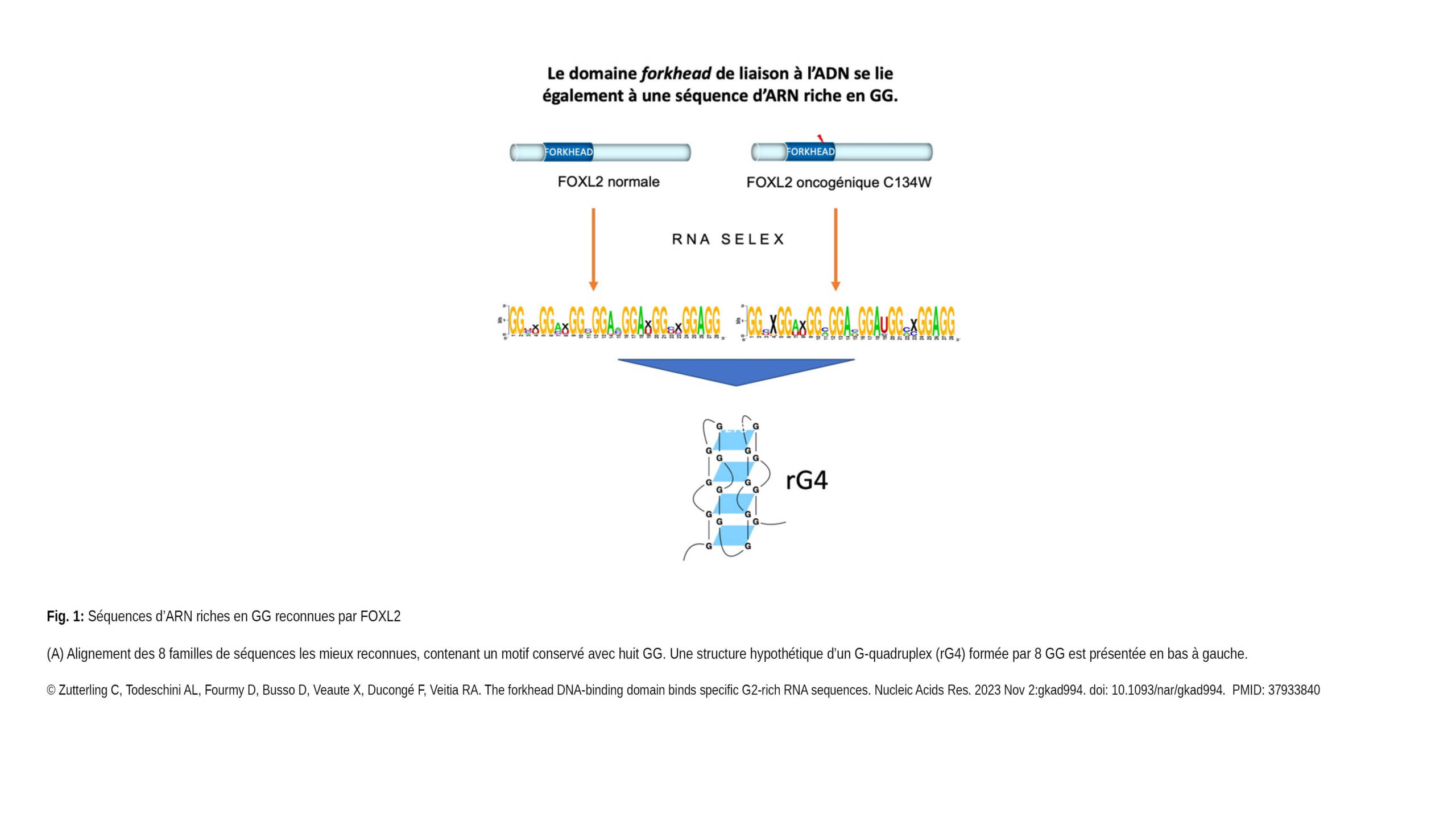The Cadoret Lab contributed to the publication of a new article in EMBO reports:
The nucleolar protein GNL3 prevents resection of stalled replication forks
Abstract:
Faithful DNA replication requires specific proteins that protect replication forks and so prevent the formation of DNA lesions that may damage the genome. Identification of new proteins involved in this process is…











